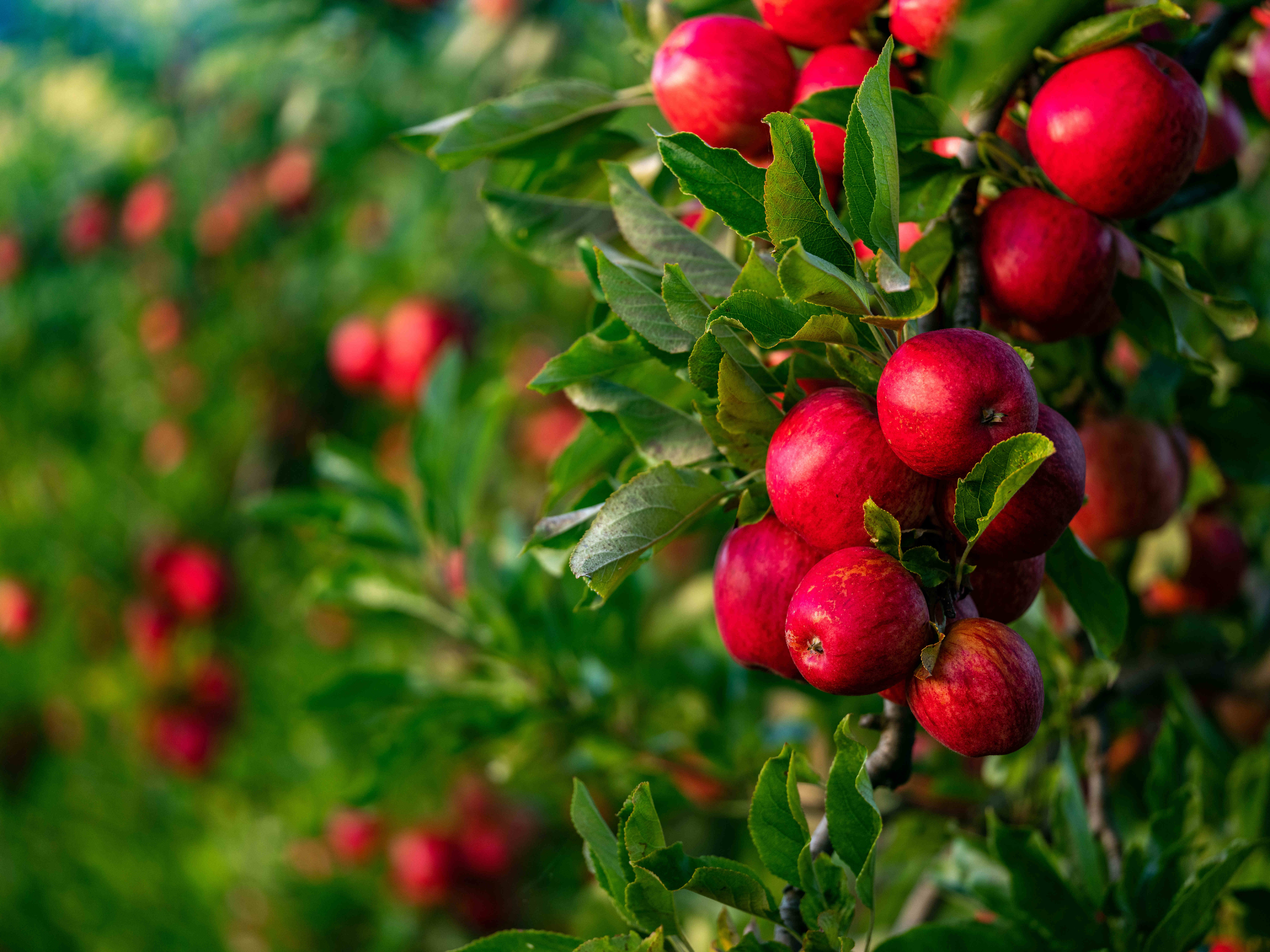New control option for cherry rot disease
Fruit Growers Tasmania | Wednesday, 20 November 2019, 4.00pm
With fruit ripening and the critical period for rot infections nearly upon them, Tasmanian cherry producers now have a new tool available for managing fungal rot pressures in cherries.
The APVMA have issued an Emergency Permit allowing the use of TELDOR 500SC to help control grey mould in Tasmanian cherry orchards. The permit comes following a request by industry agronomists, FGT and Hort Innovation Australia for alternative chemical options to be made available for managing the widespread pathogen, which targets a wide range of soft-skinned fruit grown in the state including cherries, berries and winegrapes.
Rot diseases can cause crop losses in cherry crops at any time from pre-harvest through to market, with the risk highest as fruit approaches harvest maturity.
Using fungal isolates collected in the 2018/19 season, researchers at the Tasmanian Institute of Agriculture have investigated the susceptibility of Tasmanian grey mould strains to existing fungicides used to control rot fungi in cherries. Funded through FGT's industry carton levy program, the chemical efficacy study show that growers cannot rely on existing spray programs targeting other fungal pathogens to keep grey mould under control.
A previous 2016 collaborative study by DPI NSW and TIA highlighted the seriousness of grey mould pressure in Tasmanian cherry production systems, with the pathogen causing most of the rot disease observed at harvest. Other rot species are less common in Tasmanian orchards, due in part to the efficacy of existing disease management programs.
TELDOR 500 advice for growers (members only) TIA cherry rot identification guide View 2016 Fungal rot study
